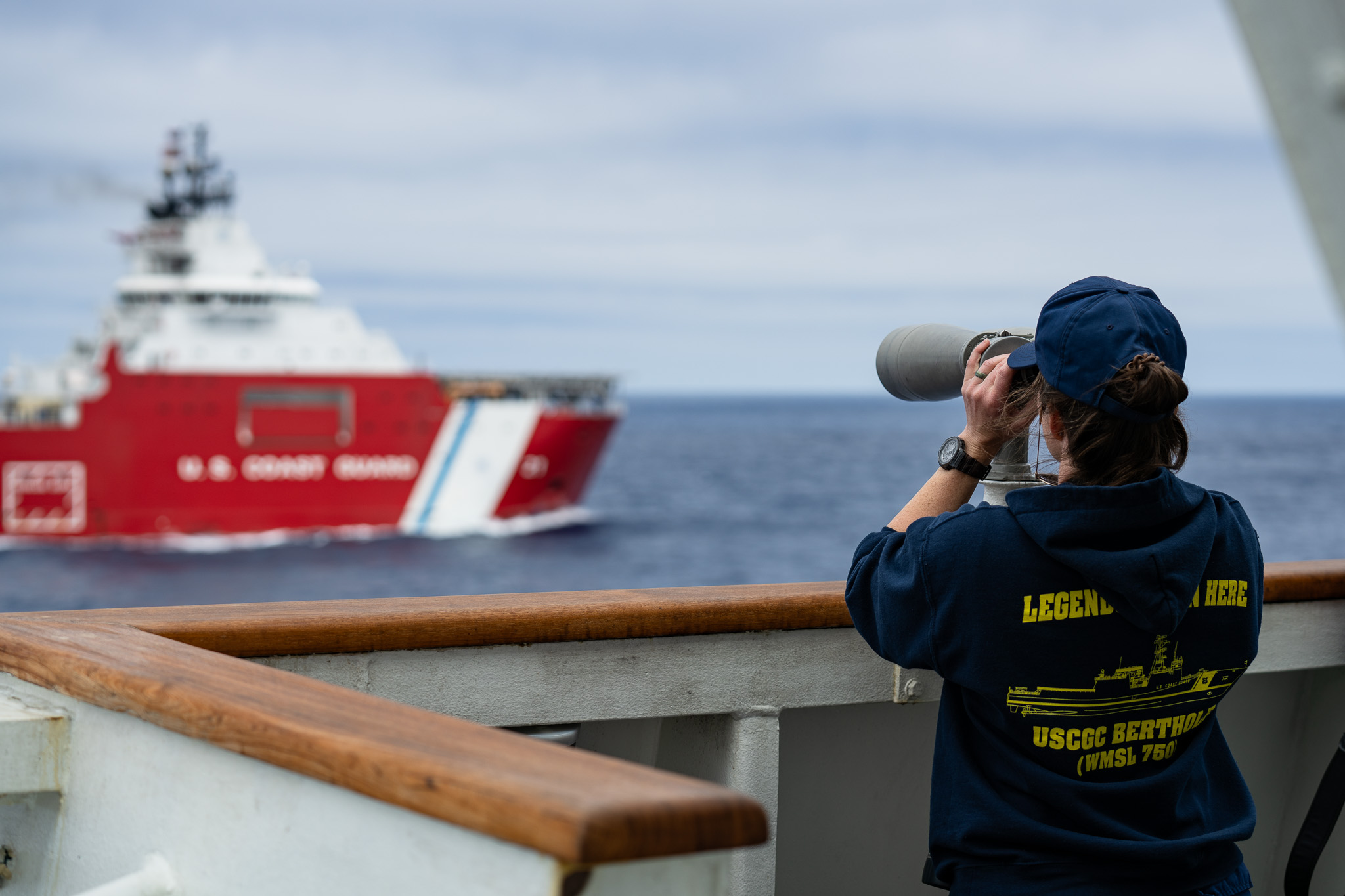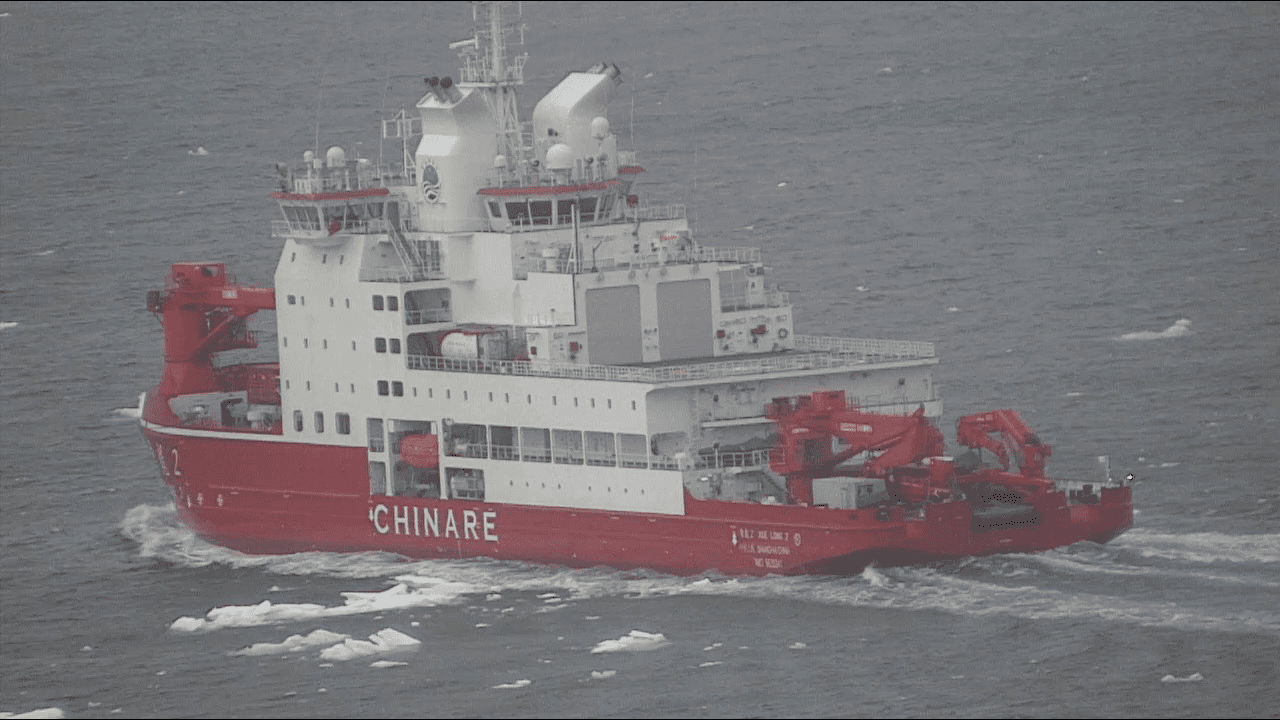National news sources are publishing a story about the VTS warning to the Cosco Busan’s pilot Jim Cota. In a story titled “Ship Got No Alert From Coast Guard” the New York Times writes:
The Coast Guard did not warn helmsmen of a cargo ship that spilled 58,000 gallons of oil into San Francisco Bay that the ship was poised to hit the Bay Bridge, investigators with the National Transportation Safety Board said. One board member, Debbie Hersman, said the Vessel Traffic Service of the Coast Guard asked the pilot of the ship, the Cosco Busan, about its course before the accident. “They all recognized and were concerned about the vessel’s position,” Ms. Hersman said. But the traffic workers told investigators they decided to limit communication so as not to distract the pilot from a difficult maneuver.
Now I promised you I wouldn’t correct minor mistakes made by the media so I’ll just offer a gCaptain tshirt to the person who catches the first error made by Carolyn Marshall in the linked article. I will, however, continue to report on major mistakes and I believe the misleading title is just that. Saying “Ship Got No Alert From Coast Guard” contradicts the article’s context which clearly states that VTS warned the pilot of an observed error in the vessel’s course. The San Francisco Chronicle goes in more depth writing;
“As we approached the bridge, I received a radio call from Vessel Traffic Service saying I was on a (southwesterly course that was wrong) and asking what my intentions were,” he said.
He said his instruments showed he was heading roughly northwest, a significant difference from what the Coast Guard was seeing on its instruments. Such a difference could indicate that something was wrong with the ship’s electronic navigating equipment.
Cota said the ship’s radar systems failed him, but the NTSB said Thursday that the ship had two completely independent radar systems, suggesting that it was unlikely that both would stop functioning at the same time. Continue Reading…
So what happened and was VTS’ concern for distracting the pilot valid? It is important to note VTS serves in an advisory role and, despite their physical location on shore, plays an important role in Bridge Resource Management ( BRM ). In a previous post we wrote:
(Bridge Resource Management) is a class all officers must take in both teamwork and processing the large amounts of data (lookout reports, radar, radio comms, gps charting, weather information….) that pours into the bridge.
With the error observed, ship notified and a response received VTS remained silent to give the pilot time to process the information and regain situational awareness. I’m just not sure why the media thinks the decision to “to limit communication so as not to distract the pilot from a difficult maneuver” is newsworthy.

 Join The Club
Join The Club










